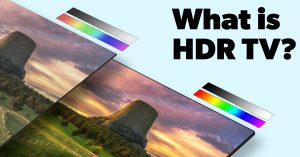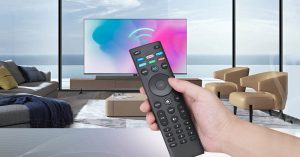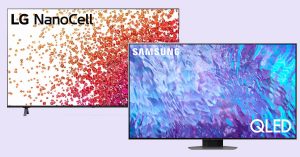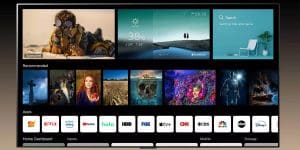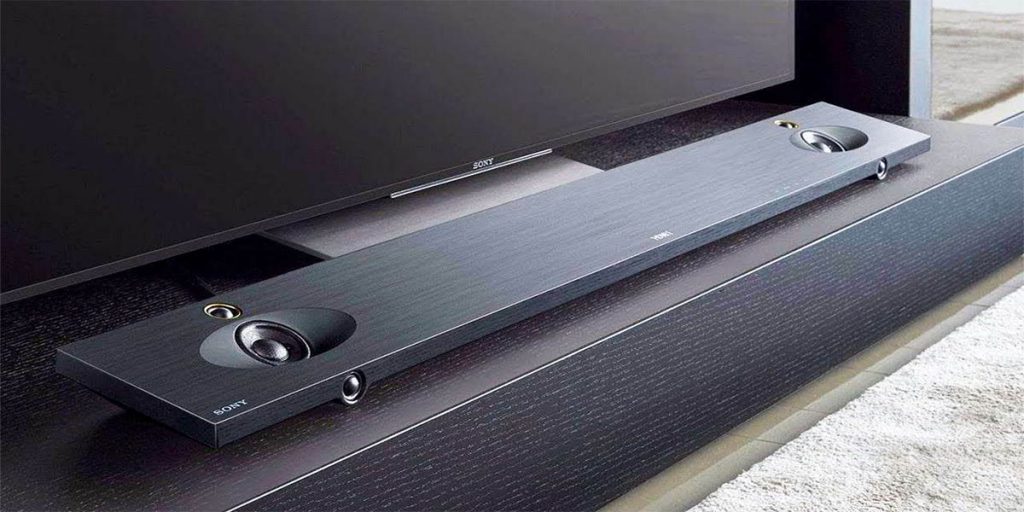What is an HDMI connector
HDMI is a popular interface that provides simultaneous picture and sound transmission. This connector is equipped with modern types of equipment: TVs, game consoles, laptops, PCs, etc.
How to choose the right HDMI cable? To make a competent and informed decision, carefully study the features of this interface.
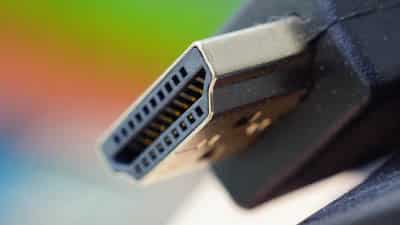
Table of Contents
ToggleFeatures HDMI
HDMI connector is equipped with TV, monitors, laptops, media players, computers, and consoles. The interface supports the following resolutions: 1920×1080, 2560×1440, and 4K. And the new version 2.1 up to 8K resolution.
The advent of HDMI has significantly increased the functionality of technology. One of the main advantages is the simultaneous transmission of sound and picture, so there is no need to use a large number of different cords.
HDMI stands for High Definition Multimedia Interface.
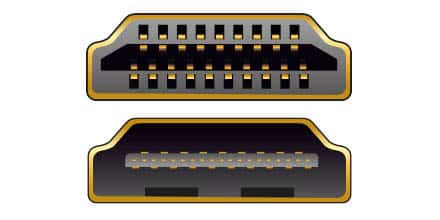
The interface provides the transfer of digital content with maximum resolution. Audio is transmitted through the connector. The content is piracy-proof. This is a step in the direction of fighting piracy. The interface is fully compliant with digital content protection regulations.
HDMI has a large number of kinds and types. All optimized versions have certain improvements. Therefore, the updated specifications of the connector are a perfect product.
It is not always the case that an HDMI cable is included in the basic equipment. The user may have to buy the cord separately.
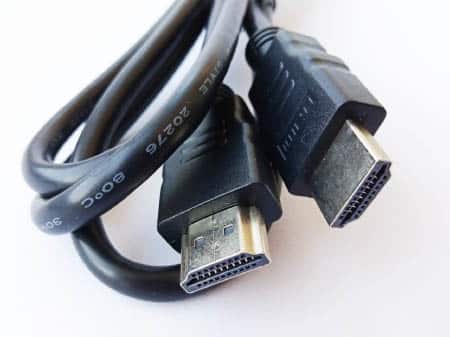
What does an HDMI cord look like? An ordinary cord that varies in length from 3 to 5 meters. There are also longer versions. Manufacturers offer users wires with different sheathings, such as reinforced protection against mechanical impact. Some versions are equipped with ferrite rings. They prevent interference.
History of High Definition Multimedia Interface
The HDMI interface was officially recognized in 2002. Many popular technology manufacturers worked on the introduction of this connector: Philips, Sony, Toshiba, and other brands.
Why was the HDMI connector created when there were other interfaces? The main feature — this port was 100% digital, and it provides picture transmission and sound reproduction simultaneously.
The new connector guaranteed the transmission of content with maximum resolution. One cable replaced several wires at once. The introduction of the new standard made life easier for the users. Today everyone knows what the High Definition of Multimedia Interface connector is and what it is used for.
HDMI has very quickly supplanted other consumer electronics interfaces. And it didn’t just happen because of the maximum quality of digital video transmission.
HDMI turned out to be the easiest solution for average users. There is no need to figure out which connector to plug in. There is no need to select equipment that matches each other in terms of switching.
Pretty quickly it became clear that 19 pins allow you to take the number of transmitted signals to a whole new level.
And just three years later, the HDMI CEC acronym appeared with control commands that made it possible to control any complex system as if it were a single TV in front of you. Even simpler, even more, convenient, and even more popular.
In 2005, the DVI connector disappeared from all TV brands that did not support HDMI before.
HDMI is Different From the Other Outlets
The key difference is the improved speed of data transfer. Through the cable, it is ensured that the content is transmitted in high resolution. The audio signal is transmitted through 8 channels of 24-bit sound at a frequency of 192 kHz. It indicates quality sound.
Absolutely all varieties of HDMI connectors transmit picture and sound simultaneous.
For more information on transmitting audio in both directions with HDMI ARC.
The predecessors were used to transmit analog signals, and the popularization of HDMI was marked by the transition to a digital format. Today, users will be able to purchase any size cable, making it convenient to use.
Cable Structure
The cord is formed by several components:
- protection (outer sheath);
- braid with copper strands;
- shield made of high-quality aluminum (foil);
- polypropylene sheath;
- shielded twisted pairs for transmission of information;
- twisted pair of two types for SDA SCL signals;
- elements of control signals and power systems.
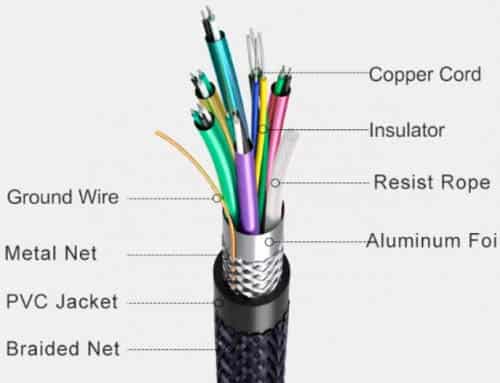
The HDMI cable consists of 19 wires. It transmits uncompressed digital signals at 4.9 Gbps and higher.
What Are the Different HDMI Cables
The interface is classified into types and kinds according to certain criteria. Let’s start with the connector types, there are five:
- The leader of popularity — is type A, which is also quite often called Full Size. Most often found on GPU modules, laptops, TVs, and other devices.
- Type B is designed to transmit content with a higher resolution of 3830×2400 pixels, but is hardly used today.
- A smaller version is Type C or Mini Size. This interface is equipped with mobile devices: smartphones, and tablets.
- Micro Size is the D type. Another reduced specification of the popular connector is used on miniature devices.
- Type E is designed to connect all sorts of equipment to cars. We are talking about car stereos, etc.
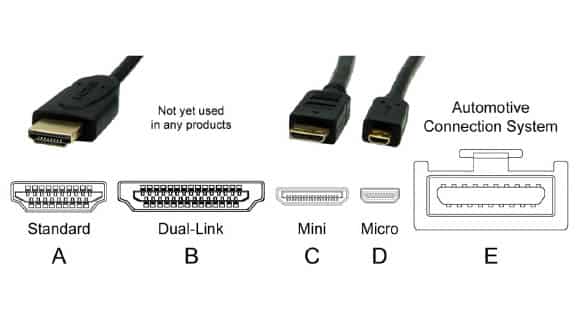
Types of HDMI connectors have been considered. As for the cables, they are classified as follows:
- Standard — provides the transfer of content with a resolution of up to 720p. With a transmission speed of no more than 4.9 Gbit/s, and 24-bit color depth.
- Standard with Ethernet support — similar to the previous type, but equipped with an additional twisted pair, which is needed to connect to the Internet.
- High Speed — is used to transmitting 4K content, has a bandwidth of 8.16 to 10.2 Gbps, and 48-bit color depth.
- High Speed with Ethernet support — the maximum bandwidth is complemented by the option to connect equipment to the Internet network.
- Premium High Speed — can transmit data in ultra-HD (4K) resolution at 60 Hz. Speed — 18 Gbit/sec.
- Ultra High Speed. Supports resolutions up to 8K. At the moment the maximum data transfer rate is 48 Gbit/sec, which supports all protocols of the technology.
- Standard Automotive Cable — oriented for operation in non-standard conditions. Maintains operability at elevated temperatures.
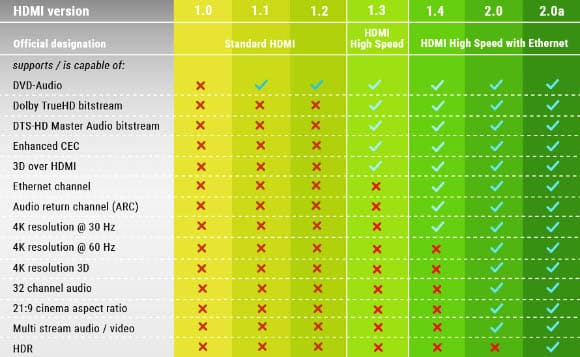
These are the basic classifications of HDMI cable and connector, but there are also several additional ways to divide the popular interface into versions.
Data Transfer Protocol Versions
Between 2002 and today, many versions of the transfer protocol have been released. Developers have been actively improving HDMI by enhancing certain aspects of data transfer. The following versions of the cable are available on the market today:
- The very first version, introduced back in 2002, was HDMI 1.0. It was used to broadcast 1080p content and 8-channel audio.
- The emergence of HDMI 1.1 was driven by the need for sound protection. The implementation of the necessary solutions allowed to play of DVD audio.
- HDMI 1.2 is implemented to ensure correct synchronization with computer system units and other equipment. The new version also expands the range of readable formats.
- Upgrade by releasing HDMI 1.2a made it possible to expand the protocols for implementing an upgraded remote control system.
- HDMI 1.3 again integrates new formats and eliminates audio loss. Color range and bandwidth are increased.
- HDMI 1.3b was created to allow for proper control of home appliances.
- The need to play 3D and 4K content appears and two new HDMI 1.4 and 1.4a versions are created specifically for this. A Fast Ethernet Internet connection is also introduced. After a while, version 1.4b appears with improved bandwidth.
- The HDMI 2.0 version minimizes the level imbalance in the data transfer process. Support for 4K and 3D is improved. New ways of transmitting sound and pictures at the same time are appearing.
- The final version was introduced in 2017 — HDMI 2.1. Developers have increased the bandwidth and range of supported resolutions of playable content.
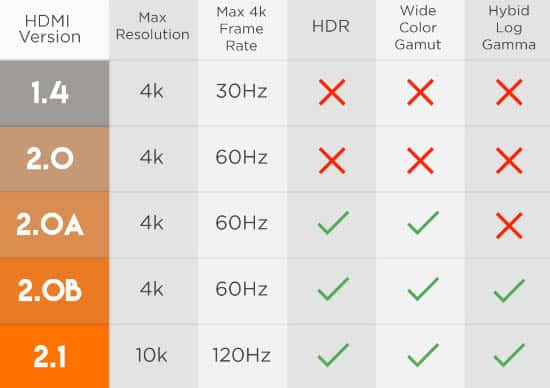
All versions have backward compatibility, meaning that the new ones, although they have more features, interact perfectly with earlier versions.
It is also necessary to carefully examine the types of connectors.
Mini HDMI Cable
The main purpose of the mini HDMI cable is synchronization with portable equipment: cameras, camcorders, smartphones, and tablets. All of these devices are equipped with reduced micro and mini connectors.
In terms of functionality, these cables do not differ from the standard version. The only difference is the reduced size, which is an advantage.
The mini HDMI cable connector is also found in some GPU modules. The small size of the interface allows developers to equip the video card also DVI input.
Miniature ports are extremely rare on classic media players and TVs.
Additional Information:
- HDMI CEC Specification
- Samsung TV Dead Pixel
- Best Home Theatre Power Manager
- What is HDR TV
- IPS or VA
HDMI Compatibility With Other Outputs and Adapters
HDMI cables can be used to connect appliances that have older interfaces. This applies primarily to DVI and VGA.
However, you will need a special adapter to connect the cable to the device. For example, there are even USB-HDMI adapters on sale. Therefore, today any device can be connected to the TV without unnecessary problems. The most popular adapters:
- HDMI-VGA;
- DVI-HDMI;
- USB-HDMI.
Users will not have any difficulties with the connection settings.
What the Quality of Signal Transmission Depends On
The data transfer rate is specified in the specifications of the interface and cable. This is affected by the length and quality of the cord.
A long length of wire requires a special cross-section using copper conductors. The large diameter is another indicator of high data transfer rate.
Suppose the length of the cable is 10 meters and the thickness is 8 millimeters. These are good indicators. If the length increases to 15-20 meters, the thickness should be at least 9-10 millimeters.
Improved insulating properties and compliance with the rules of operation ensure that there is no loss of quality during signal transmission.
What Are HDMI Connectors’ Advantages and Disadvantages?
The list of strengths and weaknesses varies depending on the version of the HDMI connector. To summarize, the following advantages can be identified:
- The transmission of picture and sound is carried out through 1 cable;
- Practicality and ease of use;
- HDMI interface is equipped with many types of equipment;
- Data transfer is carried out at maximum speed.
Disadvantages are virtually absent. If you choose the right thickness and length of cable, there will be no interference. Therefore, it is necessary to consider this point to ensure the reproduction of high-quality images.
The Relevance Of The HDMI Interface
HDMI output has been in demand for a long time. The appearance of new models of tv only contributes to maintaining the relevance of this interface. Developers update the cable and connector, introducing useful additions, for example, support for playing content in maximum resolution.
Many users give preference to this interface because it broadcasts sound and video. The availability of a large number of adapters for synchronizing through HDMI equipment with older connectors also contributes to its continued relevance.
The Difference Between HDMI and DVI
The predecessor of HDMI was the DVI connector. Surely all users have heard of this output because it is mostly used to connect the system unit to the computer monitor. However, this cable only transmits video.
Based on this we can conclude that the main difference is the simultaneous transmission of sound and picture.
The modern port has a smaller size than the DVI. The introduction of HDMI marked the final transition to digital signal transmission.
Another important difference is the increased bandwidth. Despite the high-speed signal transfer, there is no loss of quality.
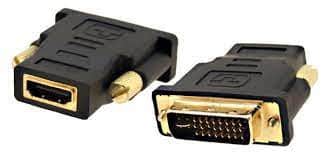
Which HDMI Cable to Choose
Remember that cable length and thickness are interrelated. The thicker the cord, the better.
To connect the TV to a smart set-top box, game console, or laptop, use a maximum-length cable that avoids kinks in the cord. Calculate the optimal size of the cord in advance, based on the distance of the equipment to be connected.
To choose the right cord, you first need to understand how long you need it. The standard calls for a cord length of 0.75 to 10 meters. But if necessary, it can be extended with repeater amplifiers. Moreover, the longer you plan to use the cord, the thicker it should be.
What you should pay attention to when buying HDMI cable and whether you need to overpay for expensive options.
The user should consider the shielding, which provides the proper level of protection. Consumers are advised to buy twisted pairs because such a cord is characterized by reduced interference.
Some experts believe that the cord with gold-plated contact contributes to a higher quality of transmitted content. However, this is not entirely true. Gold plating protects the wire from rust and oxides.
Video about HDMI
Author
-
Author of articles on tvrvi.com. I know all the TV industry news and spend a lot of time to research TV technology.

